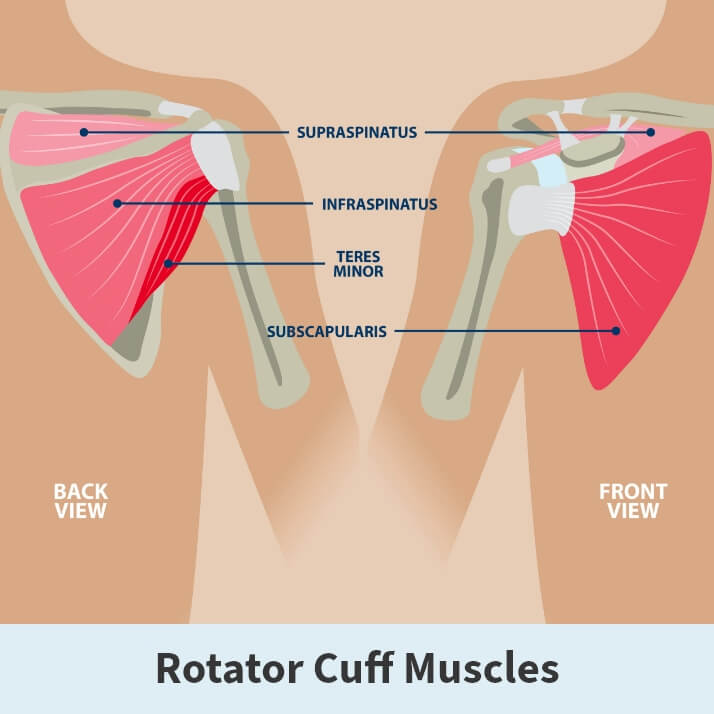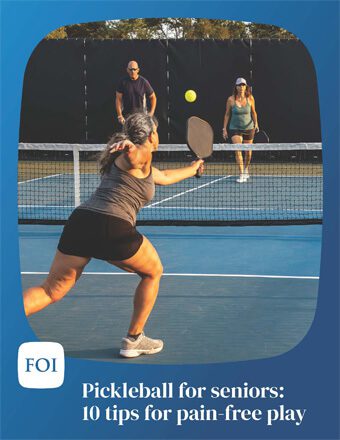The specific therapy your doctor prescribes will depend on factors like your:
- Age
- Fitness level
- General health
- Injury’s severity
As many as 80 percent of all rotator cuff tears respond to non-surgical treatments, resulting in less pain and increased shoulder mobility.
Nonsurgical treatments
Commonly employed nonsurgical treatments include resting the affected shoulder, refraining from pain-causing activities, ingesting over-the-counter or prescription pain medications, completing a physical therapy program, or receiving steroid injections.
Surgical treatments
If you do not see improvement with nonsurgical treatments or if you have severe or complete tears, surgery might be needed. Usually, your doctor will recommend surgery to reattach the torn tendon and repair neighboring injured structures if:
- Your symptoms have lasted from six months to a year or longer
- A large tear has been diagnosed, and the surrounding tissues are in good condition
- The injury resulted from an acute accident or fall
- You have noticeable weakness or pain, limiting your ability to perform routine activities
There are several types of surgeries undertaken. Certain procedures are more invasive than others. You and your doctor will determine which is most suitable for you based on the factors above. Any surgical procedure will likely need a recovery period of shoulder immobility, required rest, and physical therapy.
Prevention
It is impossible to prevent rotator cuff tears from acute incidents. You may be able to delay the onset of chronic events by keeping the muscles, bones, and soft tissues of your shoulder firm and flexible by routinely performing various stretching exercises.
Prognosis
Treatment is successful in a significant percentage of cases. If you undergo corrective surgery, the recovery process will be longer. It is important to remember that everyone heals at their own pace and is often contingent on many underlying issues.



